“Clinical Cases in Alopecia” is a specialized resource that focuses on the diagnosis and management of various types of alopecia encountered in clinical practice. Authored by experts in the field, this book presents real-life case studies that illustrate the diverse clinical presentations, diagnostic challenges, and treatment strategies associated with alopecia.
Key features of “Clinical Cases in Alopecia” may include:
- Case-Based Approach: The book follows a case-based approach, presenting a series of clinical cases involving different types of alopecia. Each case is presented in detail, including patient history, clinical examination findings, diagnostic workup, and treatment outcomes.
- Diverse Case Selection: The cases featured in the book cover a wide spectrum of alopecia types, including alopecia areata, androgenetic alopecia, telogen effluvium, cicatricial alopecia, and others. This diversity ensures that readers are exposed to various clinical scenarios and diagnostic challenges.
- Diagnostic Insights: For each case, the authors provide diagnostic insights, differential diagnoses, and diagnostic approaches. They discuss the rationale behind diagnostic tests, including laboratory investigations, histopathological examination, and trichoscopy, helping readers understand the diagnostic process in alopecia.
- Treatment Strategies: The book discusses various treatment modalities for alopecia, including topical and systemic medications, intralesional injections, phototherapy, and surgical interventions. Treatment algorithms and guidelines are provided to assist clinicians in selecting appropriate therapies based on the type and severity of alopecia.
- Clinical Pearls and Tips: Throughout the book, the authors share clinical pearls, tips, and expert recommendations for managing alopecia cases effectively. These insights offer valuable guidance to clinicians facing similar challenges in their practice.
- Illustrative Content: “Clinical Cases in Alopecia” may include photographs, illustrations, and diagnostic images to enhance understanding of the cases presented. Visual aids help readers visualize clinical findings, hair patterns, and scalp pathology associated with different types of alopecia.
Overall, “Clinical Cases in Alopecia” serves as a valuable resource for dermatologists, trichologists, and other healthcare professionals involved in the diagnosis and management of alopecia. Its case-based approach, diagnostic insights, treatment strategies, and clinical pearls make it a practical and informative guide for clinicians seeking to enhance their proficiency in managing alopecia cases.

 Anaesthesia books
Anaesthesia books Behavioral Science Books
Behavioral Science Books Cardiology Books
Cardiology Books Obstetric and Gynecology
Obstetric and Gynecology AMC Books
AMC Books Prepladder Notes
Prepladder Notes Stethoscope
Stethoscope Dermatology Books
Dermatology Books Neurosurgery Books
Neurosurgery Books Dentistry Books
Dentistry Books ENT Books
ENT Books Anatomy Books
Anatomy Books Biochemistry Books
Biochemistry Books Biostatistics Books
Biostatistics Books Plab Books
Plab Books Radiology Books
Radiology Books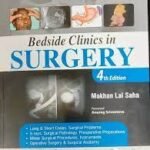 Surgery Books
Surgery Books
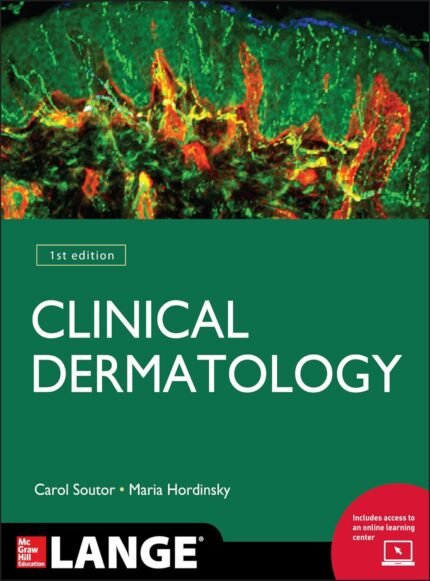
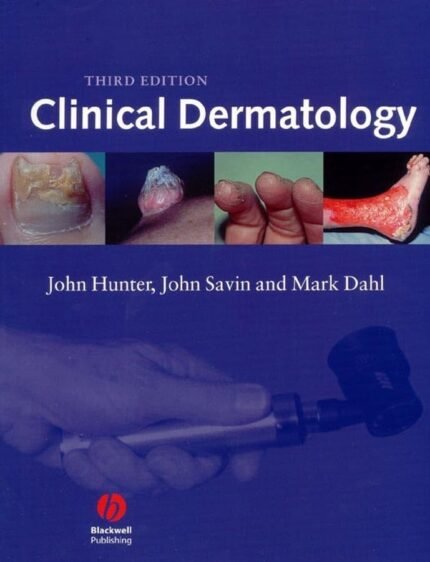





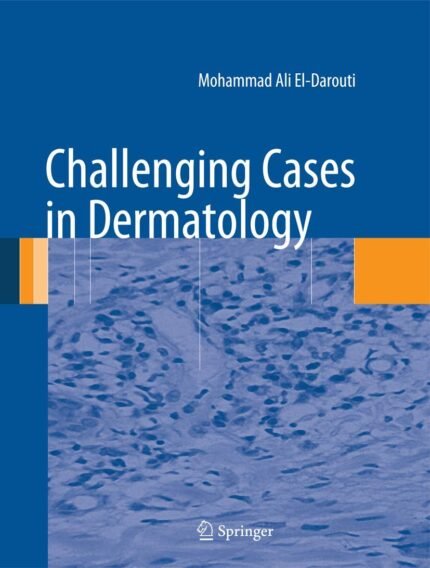

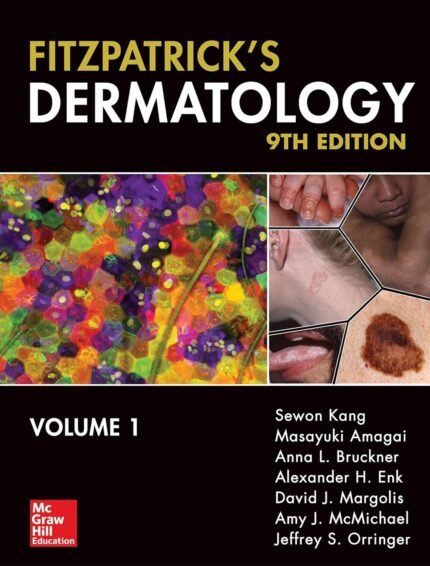


Reviews
There are no reviews yet.